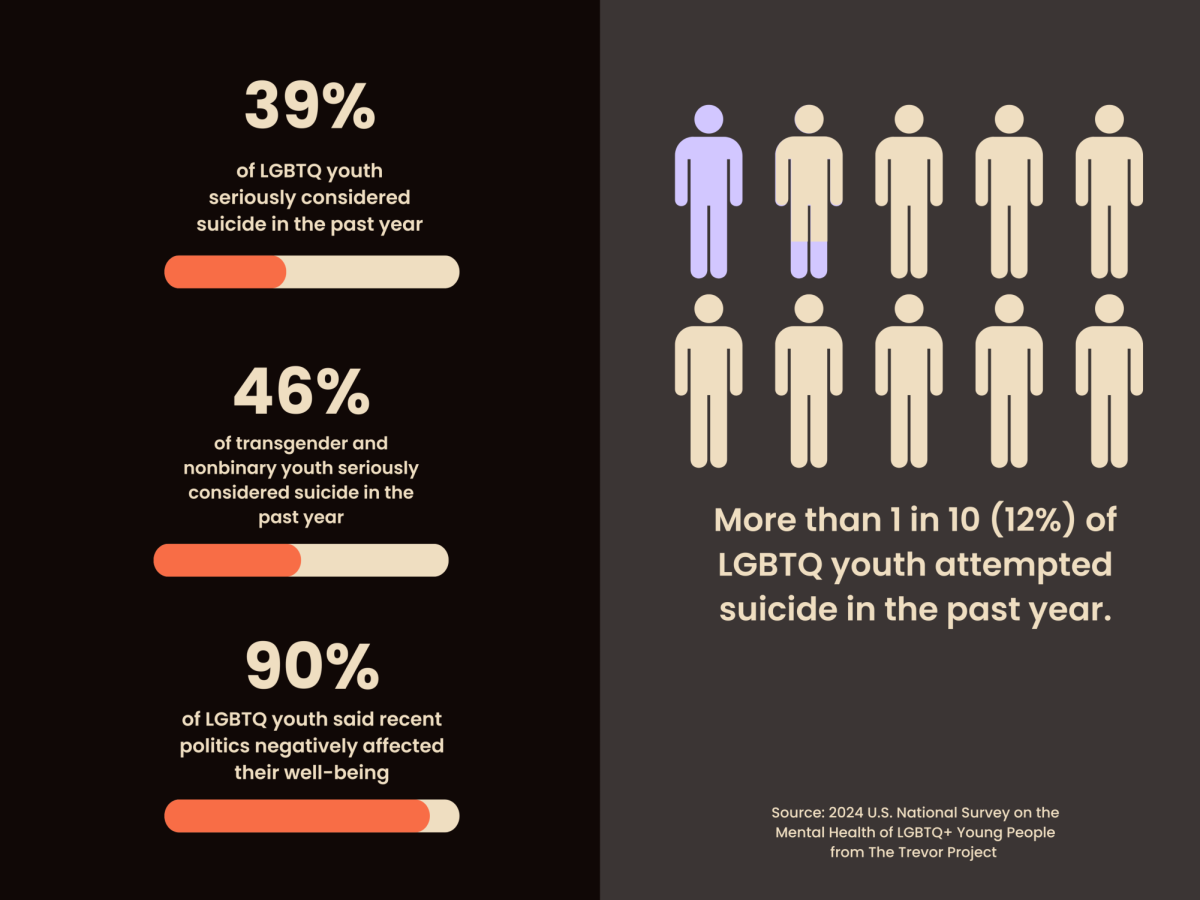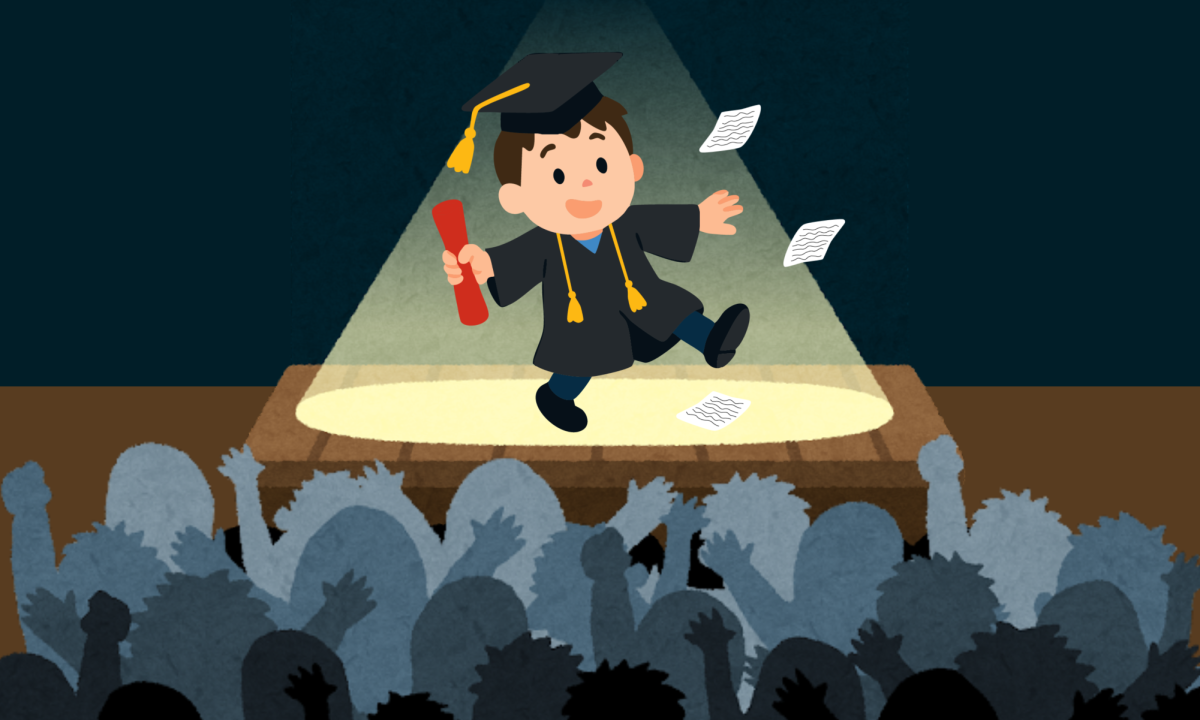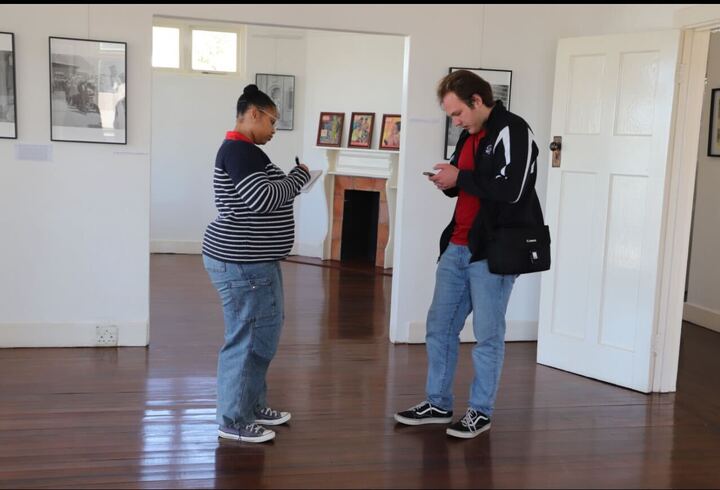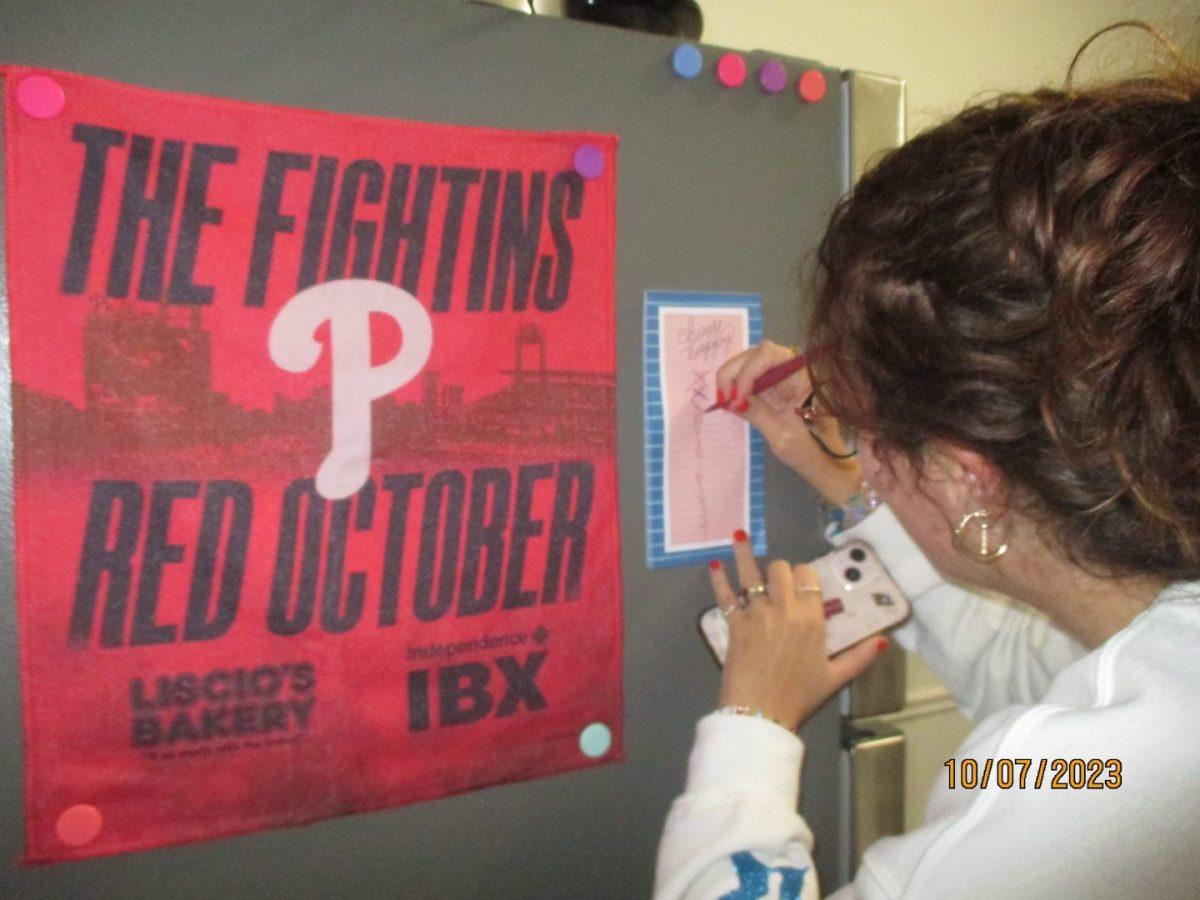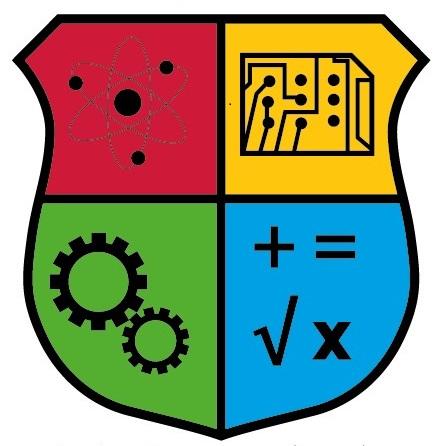The need to diversify STEM in the media
In honor of Black History month, I would like to start this week by highlighting a project I heard about at a conference I recently attended. The project, a website, is called Mathematically Gifted and Black (mathematicallygiftedandblack.com). The website’s mission is to “feature and share the accomplishments of blacks in the mathematical sciences. The mathematicians highlighted here have made significant contributions in research, mentoring, and teaching.” Currently, the site is highlighting a different mathematician each day for the month of February, and I encourage all my readers, particularly the mathematically inclined, to check it out.
The site is targeting a larger problem that occurs not only in the science, technology, engineering, and math (STEM) fields, but also throughout mainstream media as a whole. This is the representation problem, and I don’t mean representing finite groups as matrices. The problem is that although there are mathematicians (or programmers, doctors, physicists, etc.) from many countries, cultures, races, and religions, they are typically portrayed one way in the media—nerdy, white, and male. For example, think about TV shows like “The Big Bang Theory.”
The way I see it, there are two main issues with the lack of representation of diversity in STEM. The first, and perhaps most obvious, issue is that the underrepresented groups are indirectly discouraged from participating in STEM fields. I wrote previously about the “Scully Effect;” the increase in the number of women entering scientific and medical fields in the mid-90s after watching Gillian Anderson portray Dana Scully—medical doctor, physicist, and FBI agent—on the hit TV show “The X-Files.” The recent film “Hidden Figures,” based on the true stories of three African-American women who worked as mathematicians at NASA during the Space Race, is being said to have a similar effect on the goals of young African-American women.
Per the motto of the Geena Davis Institute on Gender in Media, “If she can see it, she can be it.” It is much easier to imagine yourself in a role in which you’ve seen someone similar to yourself.
The other issue with the lack of diversity represented in STEM by the media is the perpetuation of negative stereotypes. It is much easier for a member of the majority class to continue to believe in stereotypes when they aren’t tested. In the past month, the new presidential administration has shown that they hold and will perpetuate harmful stereotypes about people of color, Muslims, and women. However, if the media were to show more diversity, people of color as doctors, women as technology experts, Muslims as scientists, perhaps it would be harder for people to believe the lies they’re being fed.
We can all contribute to increasing the representation of diversity in STEM, even from outside of the community. We can take steps to better represent this as we graduate and move into our future careers. For example, if you’re organizing a conference or panel with scientists, consider its racial and gender make-up when inviting speakers. If you’re creating advertising, be aware of the type of people you’re casting in STEM roles. Although it may seem like a tall order at first, even as undergraduates with relatively little power, we can make a difference. Go see “Hidden Figures” (it’s a great movie), and choose to support similar movies, shows, and books. Show up at panels that are representative of diversity, and use your voice to demand it happens more often. Visit mathematicallygiftedandblack.com to learn about African-Americans who have contributed to the sciences.
There are plenty of strategies for increasing the representation in STEM of women and other minorities, but first and foremost, keep challenging your own biases and attacking negative stereotypes whenever possible.





